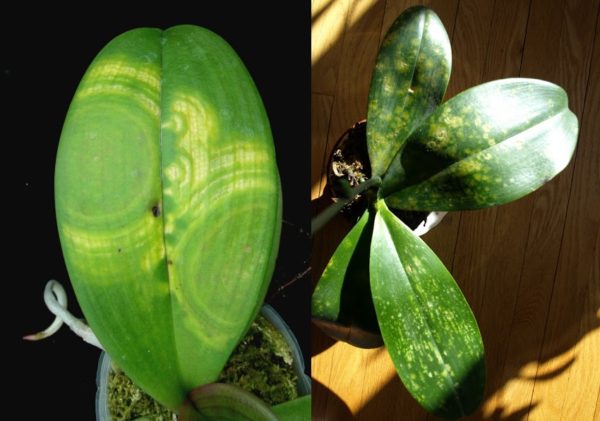
When caring for an orchid, phalaenopsis at home often make mistakes that cause the appearance of diseases and pests. A flower needs constant care. In order for the plant to please with long flowering, all care measures should be timely.
The Phalaenopsis orchid is a favorite among flower growers, however, even home care cannot protect it from diseases and pests. To avoid major mistakes, you must follow the rules for caring for flowers. Timely fight against parasites and diseases, proper treatment will help maintain the attractiveness of flowers.
Content
Orchid Pests
Orchids are often found on the windowsills of many gardeners. They delight with their magnificent flowering, attract everyone's attention. However, there are times when flowers lose their appeal. There can be many reasons for this. One common attack is pests.
There are quite a few parasites that affect orchids. To protect the plant, it is necessary to start the fight in a timely manner. First of all, it is worth familiarizing yourself with all the pests.
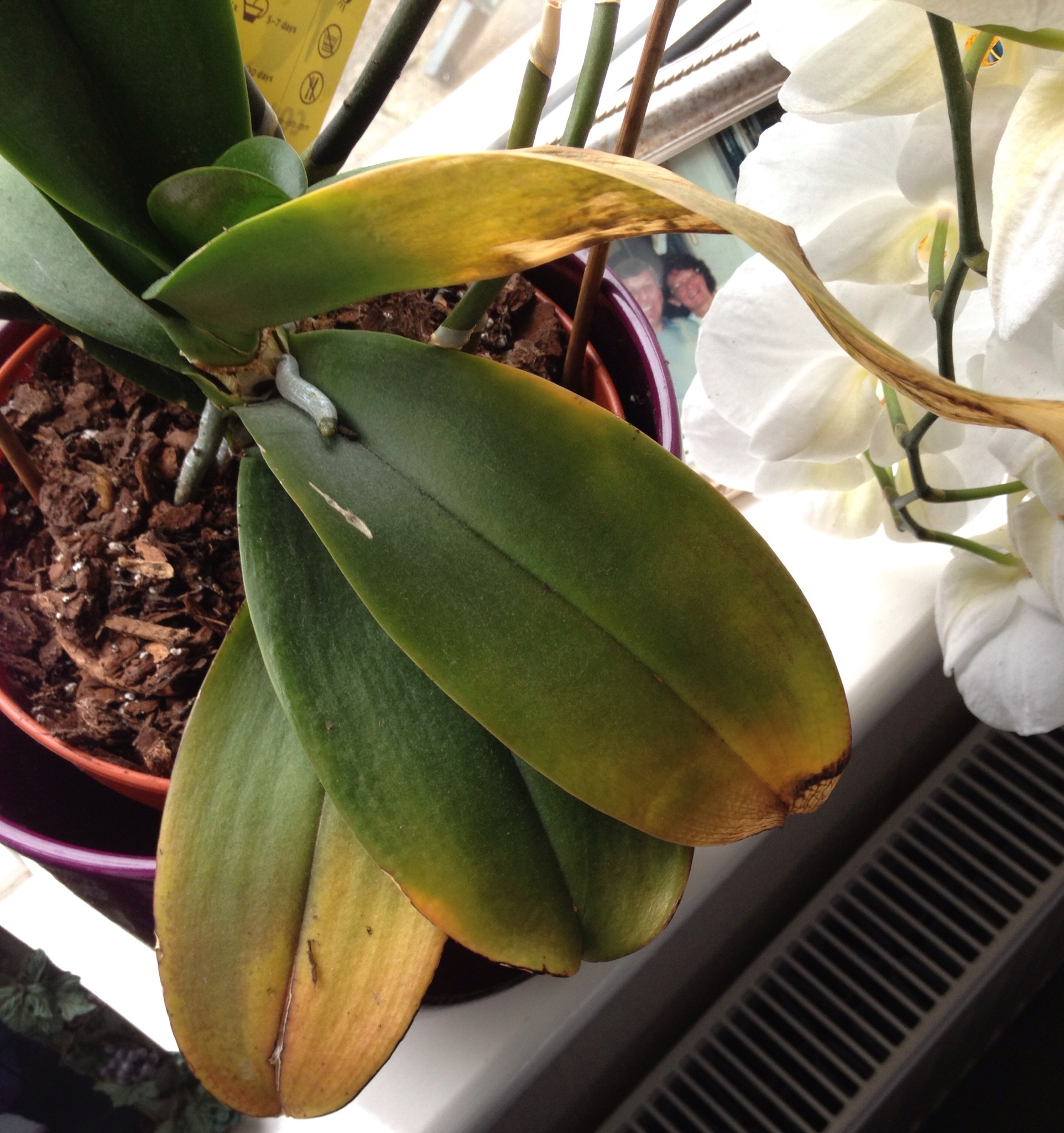
Aphid
A small insect that resembles a drop in shape. Maybe in different colors: yellow, green, black. Pests are not so dangerous for the flower as the liquid secreted by them. Aphid forms a sticky layer, it also blocks the respiration of plants.
Methods of struggle:
- processing plants with soapy water;
- use of Fitoverm.
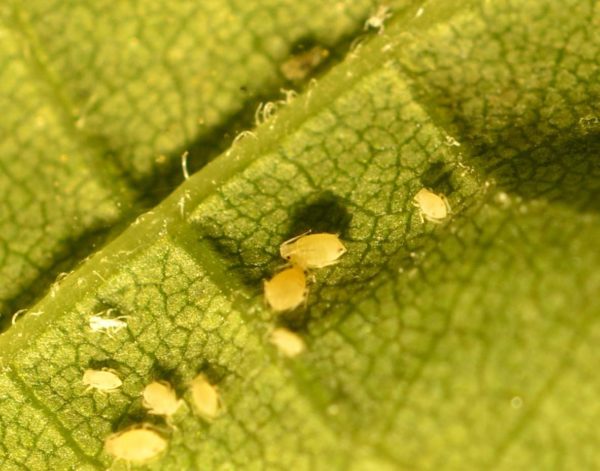
Whitefly
The danger is larvae. They feed on plant sap. After damage, the orchid turns yellow, loses its shape. Recognizing insects is easy. They have a white color, resemble midges.
Methods of struggle:
- leaf treatment with soapy water;
- spraying with Actellic.
For prevention, you need to carefully inspect the plants. If necessary, replace the substrate.
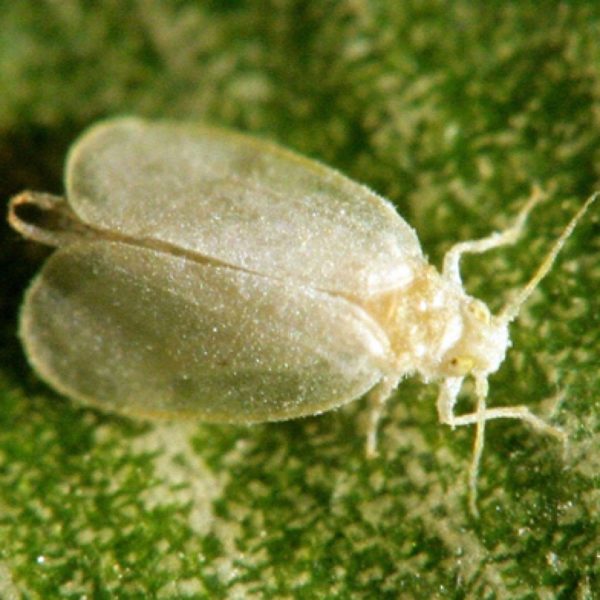
Thrips
Small pests of phalaenopsis orchids, no larger than 2.5 mm. They resemble sticks with dark wings. Thrips move fast. As soon as they get into the flowerpot, they immediately begin to attack.
You can detect the pest at night. It is at night that they get to the surface. The danger is larvae, they feed on green mass. After the lesion, spots appear on the leaves. Over time, the leaf plates fall off. Pests switch to flowers and roots.
Methods of struggle:
- wipe leaves, remove damaged plates;
- treat plants with drugs such as Actara, Actellik or Fitoverm. It will take 3
- spraying, with an interval between procedures of 10 days.
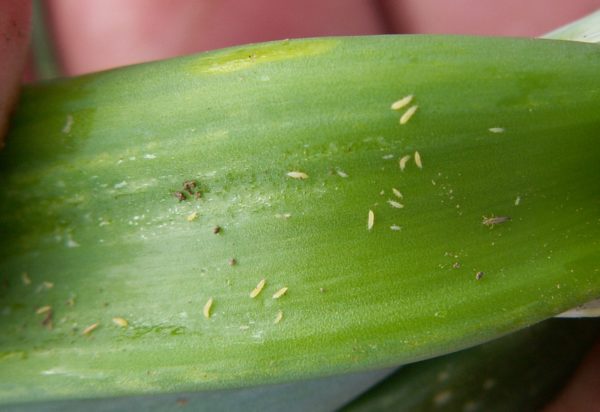
Shields
Insects are on the leaves. Their size is small, only a few mm. The parasite feeds on plant sap. As a result, the flowers die.
Methods of struggle:
manual collection of parasites. It is not difficult to remove young individuals, as for adults, you will have to work hard. It is best to use a toothbrush;
- flower processing with Fitoverm;
- Be sure to replace the substrate and the pot.
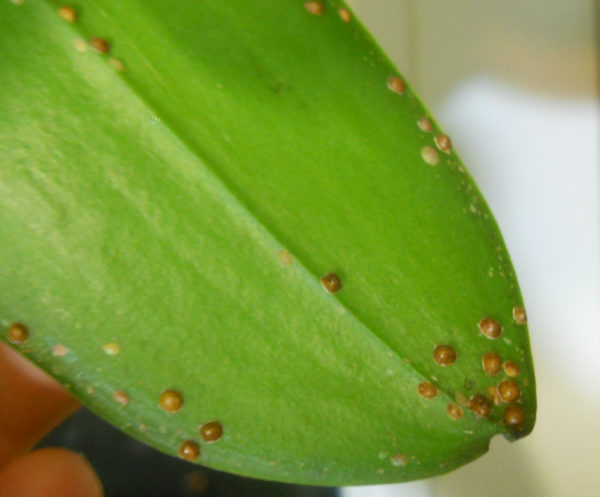
Ticks
On phalaenopsis orchids, pests can be of several types. Ticks are very small, it can be difficult to recognize them. An adult lays eggs.Root pests suck juice from the plant. If the insect is not detected in a timely manner, the roots will turn into empty threads. Fungal diseases can develop in the affected areas.
In addition, a spider mite is also found. It has a yellow or red color, eats the juice of plants. After a lesion, a white coating forms on the lower leaves, the plates become brown, then completely disappear.
A tick mite is also dangerous for an orchid. A plaque appears on the leaves, then a white web. Yellow spots form on leaf blades, the plant becomes weakened. As a result of a tick attack, the buds do not appear.
Methods of struggle:
- treatment with Fitoverm;
- ticks prefer a dry surface. To create adverse conditions for them, you can nearby
- put a water tray with the plant;
- damaged parts of the root system must be removed.
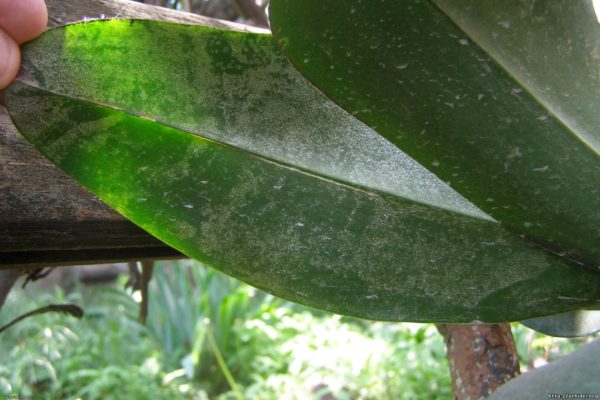
Mealybug
The insect prefers to eat an orchid. The worm is small. However, despite this it is very dangerous. The pest is located in the root part, under the leaf blades, on fallen leaves. The appearance of powdery dust indicates a worm attack.
Methods of struggle:
- pay attention to the top layer of the substrate, remove leaves;
- conduct treatment with Fitoverm;
- observe the plants daily. If there are accumulations of insects, treat the affected areas with water.
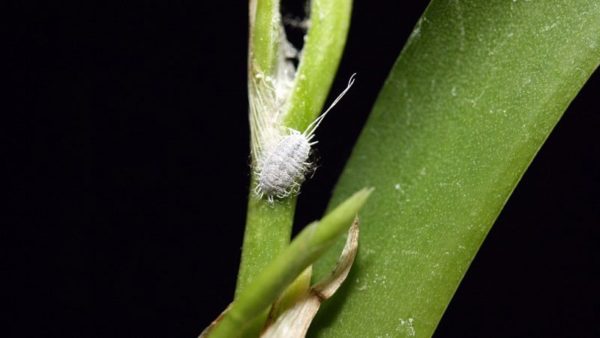
Orchid diseases
In addition to pests, phalaenopsis can affect various diseases. Their list is huge, each can lead to the death of plants. To protect the flowers, you must know in advance about which diseases are of particular danger.
Powdery mildew
Common infection. The first sign of damage is the formation of white plaque on the leaves. The disease is very dangerous, can destroy the flower. The main reason for the development of powdery mildew is considered to be elevated air temperature.
Methods of struggle:
- for prevention, treatment is carried out with Fitosporin;
- for the treatment of the disease using the drug Skor.
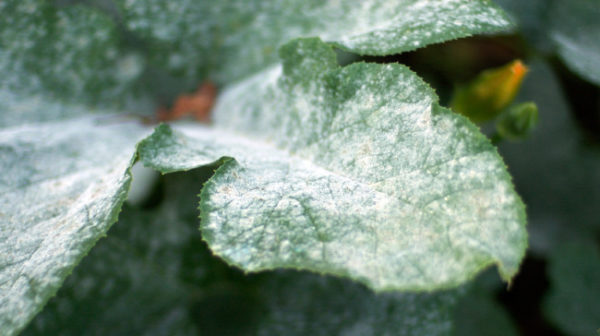
Spotting
First, the leaves become yellow, then they become dark and crack. In the formed ulcers, fluid collects. To get rid of spotting, it is necessary to remove the diseased areas, and treat the cutting site with coal.
The disease appears with excessive soil moisture, bright lighting, improper fertilizer application.
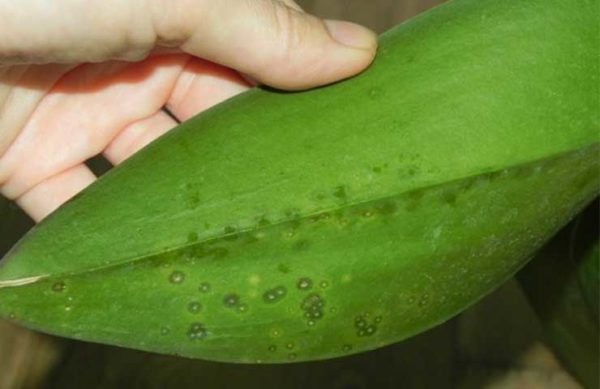
Brown rot
Light brown hue spots form on the leaf plates. After a while, they will become darker and merge into one large spot. If you notice signs of the disease in a timely manner, damaged areas must be cut off. If the procedure cannot be completed, the plant died.
To prevent the disease, the phalaenopsis orchid should be sprayed with a solution of copper sulfate. The procedure should be done monthly.
Root rot
The disease damages the root. In this case, the leaf plates acquire a brown color. The main reason for the development of the disease is increased humidity and high temperature.
To protect the plants, the root part must be treated with topsin. Be sure to pay attention to caring for plants. It is best to replace the substrate.
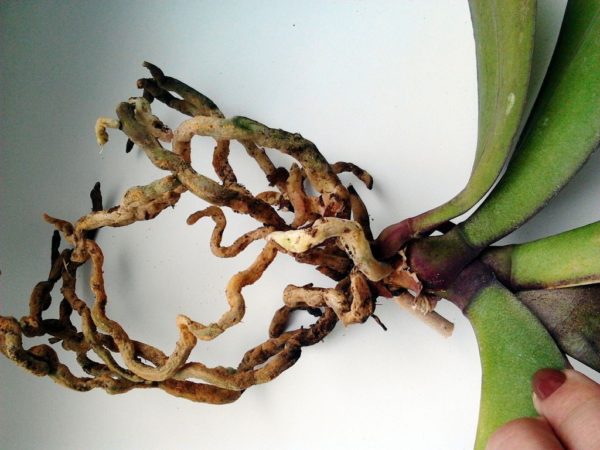
Gray rot
Defining a disease is quite simple. Dark spots with a gray coating are formed on the leaves. After some time, the rot goes to the soil, flowers, then it affects the whole plant completely.
The main cause of the disease is improper care.
To combat rot, it is necessary to get rid of diseased areas, treat plants with fungicides.
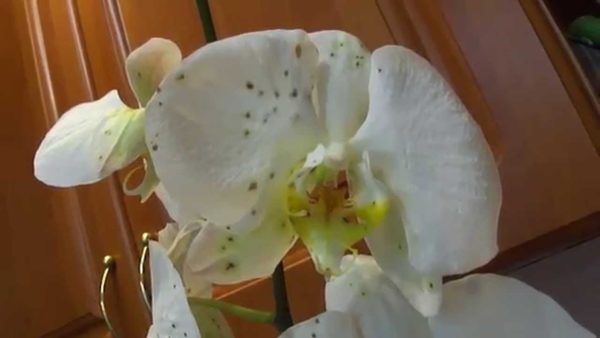
Anthracnose
Another common disease that affects leaf plates. First, small spots appear, over time they begin to blacken and grow. After some time, a plaque forms on the spots.
To prevent the disease from developing, the room needs to be well ventilated. In cases where the first signs of infection appear, the affected areas need to be removed, and the cut site treated with iodine.
In advanced cases, plants need to be treated with such drugs as Skor, Mikosan, Ritomil.
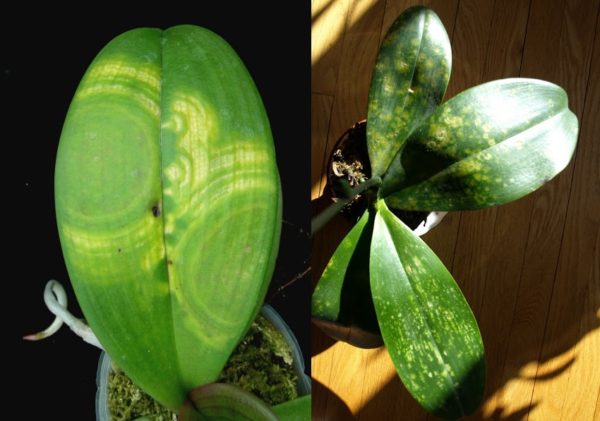
Rust
Many gardeners are interested in this phalaenopsis orchid disease, and how their treatment is carried out. Rust is rare and affects leaf plates. In most cases, weakened bushes suffer. The disease manifests itself in the form of spots on the leaves, over time, the spots become red.
Affected areas need to be removed, and the place of the cut treated with an alcohol solution. For the treatment of flowers, you can use the funds Mikosan, Skor, Ritomil.
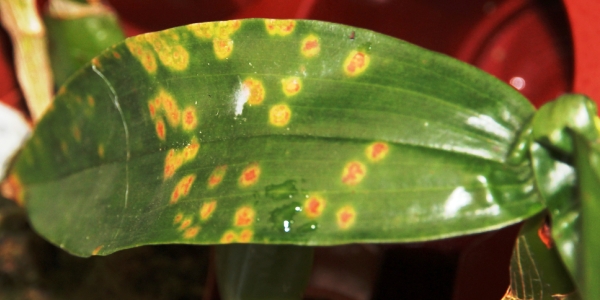
Fusarium rot
The first sign of rot is the yellowing of leaves, the appearance of spots on them. Leaf plates are twisted, acquire a pink color.
You can get rid of the disease with the help of a solution of fundazole. The tool must carefully carry out the processing of plants.
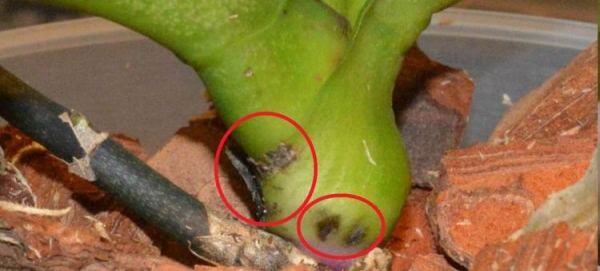
Sooty mushrooms
The carrier of the disease are pests. They secrete a fluid in which fungi develop.
The plaque is represented by a dark color. As a result of the defeat, the orchid becomes weak and soon dies.
You can get rid of the disease with the help of such drugs as Tripisin-M, Mikosan, Skor.
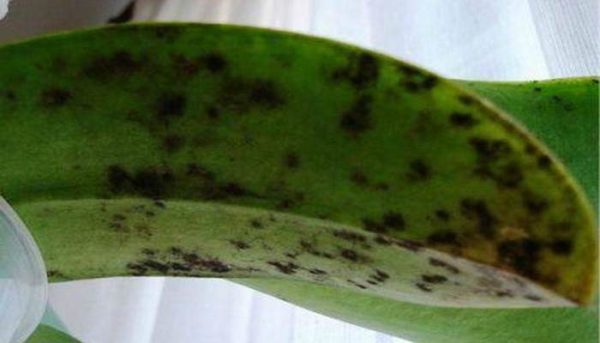
What are the problems of flowering?
If the orchid is not happy with flowering, you need to pay attention to care.
The main mistake of gardeners is excessive soil moisture. Watering should be minimized.
Rotting the roots will also prevent the plant from blooming. After acquiring a new flower, you should carefully study the root system. If there are rotten areas, they need to be cut, and the place of cut should be treated with brilliant green. After that, it is worth transplanting the flower into another container.
Indoor prevention and care
So that phalaenopsis is not damaged by diseases and pests, it is necessary to create favorable conditions for growing a flower.
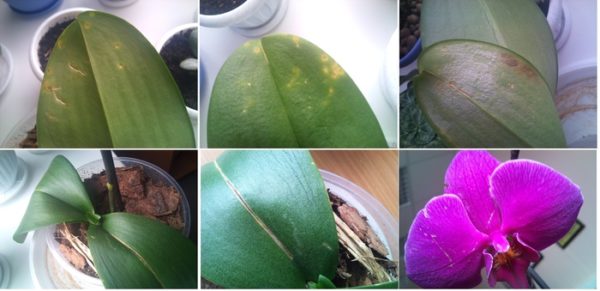
A place. To begin with, it is worth choosing a place where the pot will stand. It is advisable to place the plant behind the curtain to protect it from direct sunlight. Each week the container needs to be turned. Otherwise, the plant will stretch in one direction.
Humidity. The room must be regularly ventilated. Humidity should be within 40%. If this indicator is not observed, the flowers will fall. However, care must be taken. Excessive waterlogging of the air can lead to decay of the root system and the appearance of spots on the leaves.
Top dressing. It is carried out along with watering. The water is added to the composition of Kemira Suite. Feeding can be done weekly.
Watering. Watering an orchid is only after the soil is completely dry. If there is no moisture on the walls of the pot, you can carry out the procedure. Do not water plants on leaves. It is better to place the flowerpot in a container of water, through the holes the substrate is saturated with moisture.
Once a month you need to shower. After the procedure, the plants should be wiped dry.
Diseases and pests can destroy Phalaenopsis orchids. To protect the flowers, you need to properly care for them. Even a novice will be able to cope with the cultivation technology. A little patience and time, and the plant will constantly delight with its magnificent flowering.

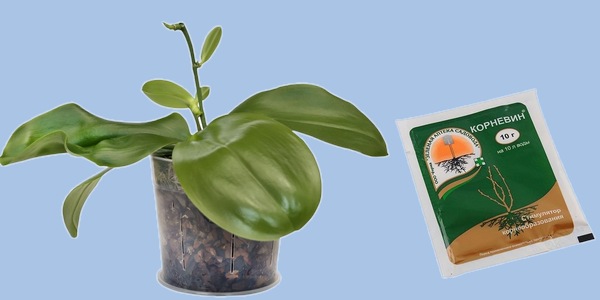
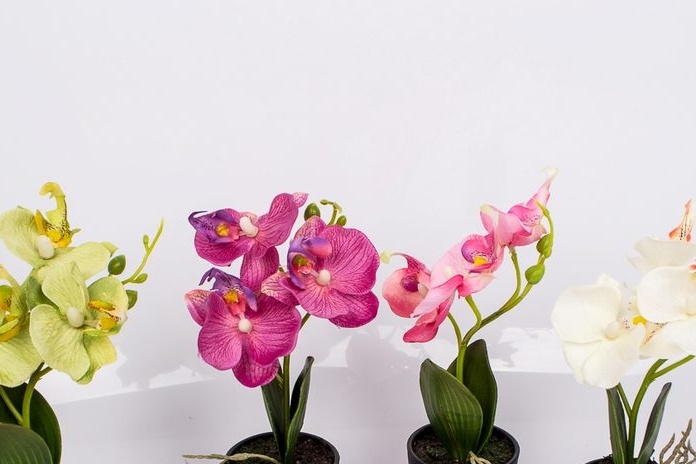
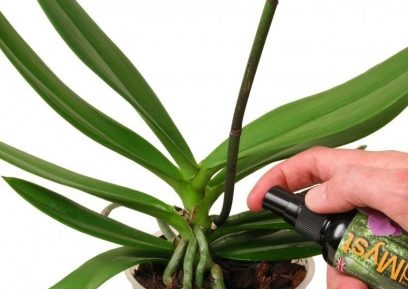
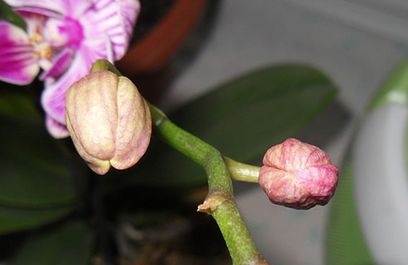 Reasons why orchids fall flowers and what to do
Reasons why orchids fall flowers and what to do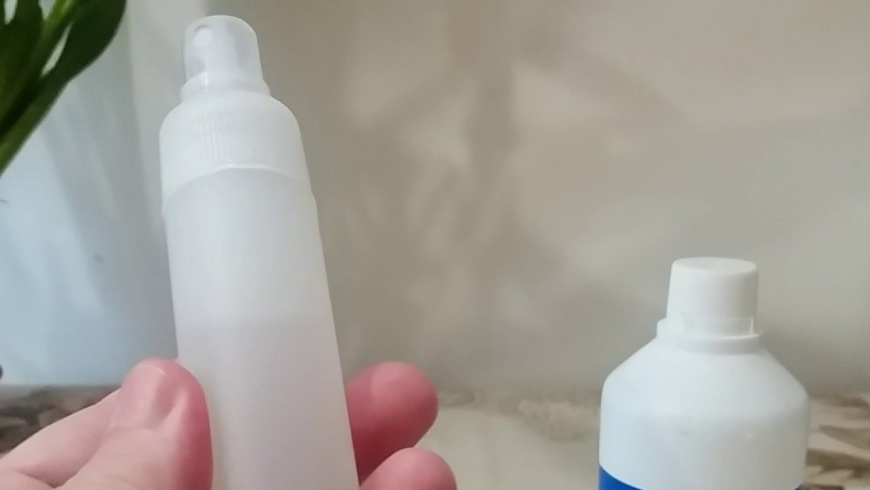 How to use hydrogen peroxide for orchids and why
How to use hydrogen peroxide for orchids and why Midges are wound up in the orchid: effective ways to get rid
Midges are wound up in the orchid: effective ways to get rid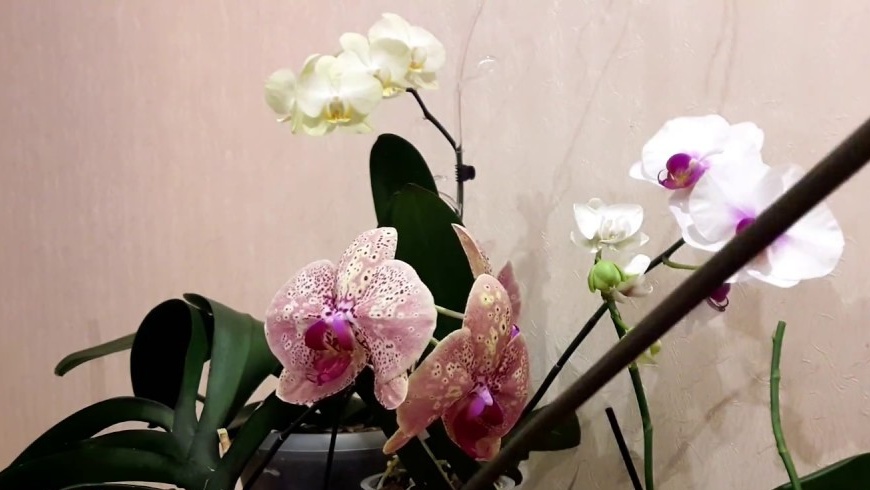 Is it possible to transplant an orchid during flowering
Is it possible to transplant an orchid during flowering